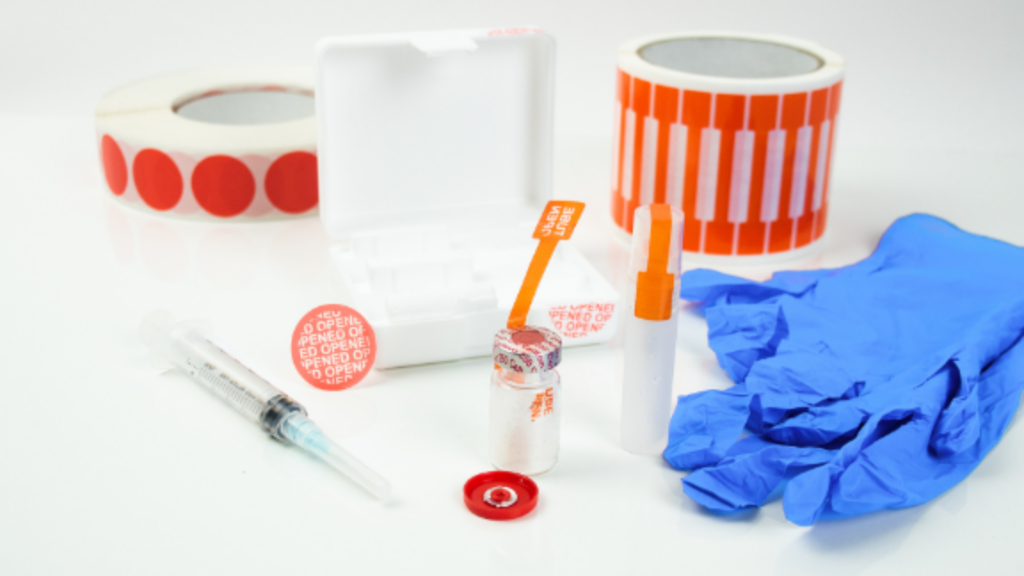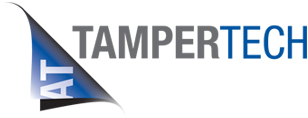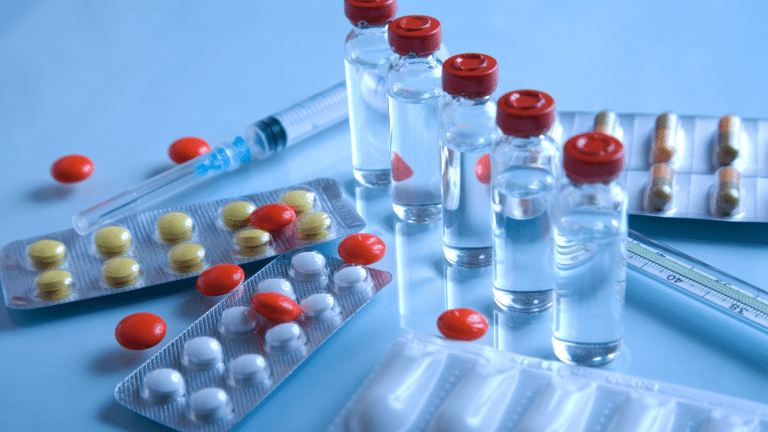How does tamper evidence make money in pharmaceuticals? Securing Trust, Securing Profits
In the high-stakes world of pharmaceuticals, trust is paramount. Patients rely on the authenticity and efficacy of their medications, and counterfeiting poses a significant threat. Tamper-evident packaging isn’t just about safety; it’s a strategic investment that boosts brand reputation, combats counterfeiting, and ultimately, drives profits. Let’s delve into how does tamper evidence make money in pharmaceuticals market?The High Cost of Counterfeiting
Counterfeiting isn’t a victimless crime. The World Health Organization estimates that one in ten medical products in circulation globally are counterfeit! This translates to billions of dollars lost in revenue for legitimate pharmaceutical companies. But the real cost is human life. Counterfeit drugs can be ineffective, contain harmful substances, or have the wrong dosage, leading to serious health complications and even death. Here’s how robust tamper-evident packaging helps combat counterfeiting and safeguards your bottom line demonstrating how does tamper evidence make money in pharmaceuticals:- Deterrence: Counterfeiters are less likely to target products with sophisticated tamper-evident features, as the risk of detection is higher. This reduces losses from stolen or diverted genuine drugs.
- Brand Protection: Counterfeiters often mimic well-known brands, damaging their reputation and consumer trust. Tamper-evident packaging visually differentiates your product, making it harder to imitate and protecting your brand equity.
- Consumer Confidence: Consumers are increasingly aware of counterfeiting risks. Providing clear tamper-evident features reassures them of the product’s authenticity, leading to brand loyalty and repeat purchases.
Beyond Counterfeiting: The Value Proposition of Tamper Evidence and how does tamper evidence make money in pharmaceuticals?
Tamper-evident packaging goes beyond just preventing counterfeiting. It offers additional benefits that translate to financial gains:- Improved Compliance: Tamper-evident features can be a visual reminder for patients to follow prescribed dosages or disposal instructions. This can lead to higher medication adherence, improving treatment outcomes and potentially reducing repeat prescriptions.
- Brand Differentiation: In a crowded market, tamper-evident packaging can be a powerful differentiator. Highlighting your commitment to patient safety and product integrity through innovative packaging solutions can attract new customers and premium pricing.

Choosing the Right Tamper-Evident Technology for Your Pharmaceutical Product
When it comes to selecting the most effective tamper-evident solution for your medication, a one-size-fits-all approach doesn’t work. Here’s a deeper dive into the factors to consider and some additional technology options how does tamper evidence make money in pharmaceuticals:
Product Type:
- Light Sensitivity: Medications sensitive to light may require opaque or tinted tamper-evident features, like blister packs with colored foil backing, to prevent degradation.
- Moisture Control: For hygroscopic medications (those that absorb moisture), desiccant packets placed within the packaging can help maintain stability and can also serve as a tamper indicator if breached.
- Temperature Control: For temperature-sensitive drugs, tamper-evident seals with heat-sensitive elements can be used to detect if the package has been exposed to extreme temperatures during transport.
Cost-Effectiveness:
- Finding the Balance: Striking the right balance between cost and security is crucial. For high-value medications, covert authentication with specialized readers might be justified. For lower-cost drugs, a simple security seal with a clear “void” message upon opening might be sufficient.
- Total Cost of Ownership: Consider the overall impact on production costs. While a specific tamper-evident feature might have a higher upfront cost, it might lead to reduced waste or improved efficiency during packaging.
Consumer Experience:
- Ease of Use: The tamper-evident feature shouldn’t require excessive force or dexterity to open, especially for elderly or disabled patients. Self-adhesive seals with easy-peel tabs or blister packs with push-through openings are good examples.
- Accessibility Considerations: For medications used by visually impaired patients, features with tactile elements or Braille labels can be incorporated alongside tamper-evident features.
Tamper-Evident Technology Options:
- Security Cuts: These are pre-made perforations on the packaging designed to tear in a specific way upon opening, making it difficult to reseal without leaving visible evidence.
- Tamper-Evident Labels: These pressure-sensitive labels leave a residue or hidden message upon removal, indicating tampering.
- Shrink Wrap with Tamper-Evident Tape: This combines tamper-evident tape that break and void upon tampering with the security of shrink wrap for added protection, often used for multi-dose vials or bottles.
Remember: It’s not uncommon to combine multiple tamper-evident features for enhanced security. For example, a high-value medication might use a combination of covert authentication, a security seal, and tamper-evident blister packs.
Additional Considerations when looking at how does tamper evidence make money in pharmaceuticals?:
- Regulations: Stay up-to-date on regional and international regulations regarding tamper-evident packaging for pharmaceuticals. The European Falsified Medicines Directive (FMD) and the Drug Supply Chain Security Act (DSCSA) in the US are two prominent examples.
- Scalability: Choose a tamper-evident solution that can be integrated into your existing packaging lines or easily scaled up as production volumes increase.
- Sustainability: Explore environmentally friendly tamper-evident options made from recycled materials or those that are easily recyclable.
By carefully considering these factors, you can select the most effective and cost-efficient tamper-evident technology for your specific pharmaceutical product. This not only protects your brand and patients but also contributes to a secure and trustworthy supply chain for life-saving medications.
Conclusion:
Tamper Evidence – An Investment in Your Future So how does tamper evidence make money in pharmaceuticals? Tamper-evident packaging is not just an additional expense; it’s a strategic investment in your brand’s future. By deterring counterfeiting, enhancing brand reputation, and improving medication adherence, tamper-evident solutions contribute directly to your bottom line. In the competitive world of pharmaceuticals, building trust with consumers is essential.

